Laminate countertops are a popular choice for many homeowners due to their affordability, durability, and variety of designs. However, like all surfaces, they are not immune to stains and require proper care to maintain their appearance. Cleaning laminate countertop stains involves understanding the nature of the material and using appropriate cleaning techniques to avoid damage. Laminate countertops are made of multiple layers of kraft paper saturated with resins, topped with a decorative layer and a clear protective overlay. This construction makes them resistant to some stains but still susceptible to others, particularly if spills are not addressed promptly.
The first step in cleaning laminate countertops is to identify the type of stain. Common types of stains include food and beverage stains, ink stains, and grease stains. Each type of stain may require a different cleaning approach. For general cleaning, a solution of mild dish soap and warm water is often sufficient. Use a soft cloth or sponge to wipe the countertop, avoiding abrasive scrubbers that can scratch the laminate surface. Rinse with clean water and dry with a soft cloth to prevent water spots.
For tougher stains, such as those caused by coffee, tea, or wine, a mixture of baking soda and water can be effective. Make a paste with baking soda and water, apply it to the stain, and let it sit for a few minutes. Gently scrub the area with a soft cloth or sponge, being careful not to use too much pressure. Rinse thoroughly with water and dry the surface. Baking soda is mildly abrasive, so it’s important to use it sparingly and test it in an inconspicuous area first.
Grease stains can be particularly stubborn on laminate countertops. To tackle grease stains, use a mixture of white vinegar and water. Spray the solution onto the stain and let it sit for a few minutes. Wipe the area with a soft cloth, then rinse with water and dry. For more persistent grease stains, a commercial degreaser designed for laminate surfaces may be necessary. Always follow the manufacturer’s instructions and test the product in a small area before full application.
Ink stains, such as those from pens or markers, can be challenging to remove from laminate countertops. Rubbing alcohol is often effective for ink stains. Apply a small amount of rubbing alcohol to a cotton ball or soft cloth and gently rub the stain. Avoid using excessive force, as this can damage the laminate. Rinse the area with water and dry thoroughly. If the stain persists, try a commercial ink remover designed for use on laminate surfaces.
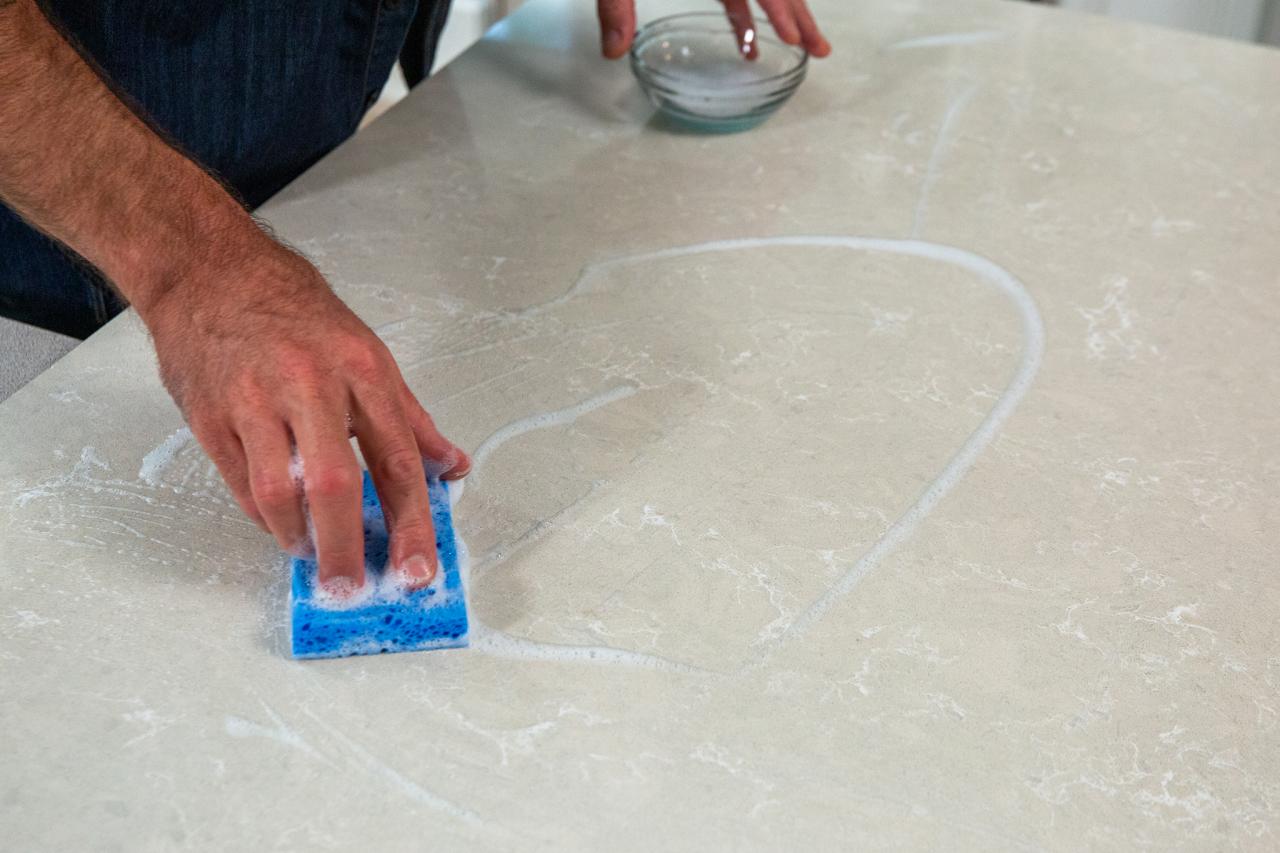
In addition to specific stain treatments, regular maintenance is crucial for keeping laminate countertops looking their best. Wipe up spills immediately to prevent them from setting and becoming more difficult to remove. Regularly clean the surface with a mild detergent and warm water to remove everyday dirt and grime. Avoid using harsh chemicals, abrasive cleaners, or steel wool, as these can damage the laminate.
Preventing stains is also an important aspect of laminate countertop care. Use cutting boards when preparing food to avoid cutting directly on the countertop, which can cause scratches and make the surface more susceptible to staining. Place mats or trivets under hot pots and pans to prevent heat damage, which can also weaken the laminate and make it more prone to staining. Additionally, using coasters for glasses and mugs can help prevent beverage stains.
For particularly stubborn stains that resist initial cleaning attempts, a more intensive approach may be necessary. Applying a small amount of bleach on a cloth and gently rubbing the stain can sometimes work, but this should be done with caution. Bleach can discolor laminate if used excessively or left on the surface too long. Always rinse thoroughly with water and dry the area immediately after treatment.
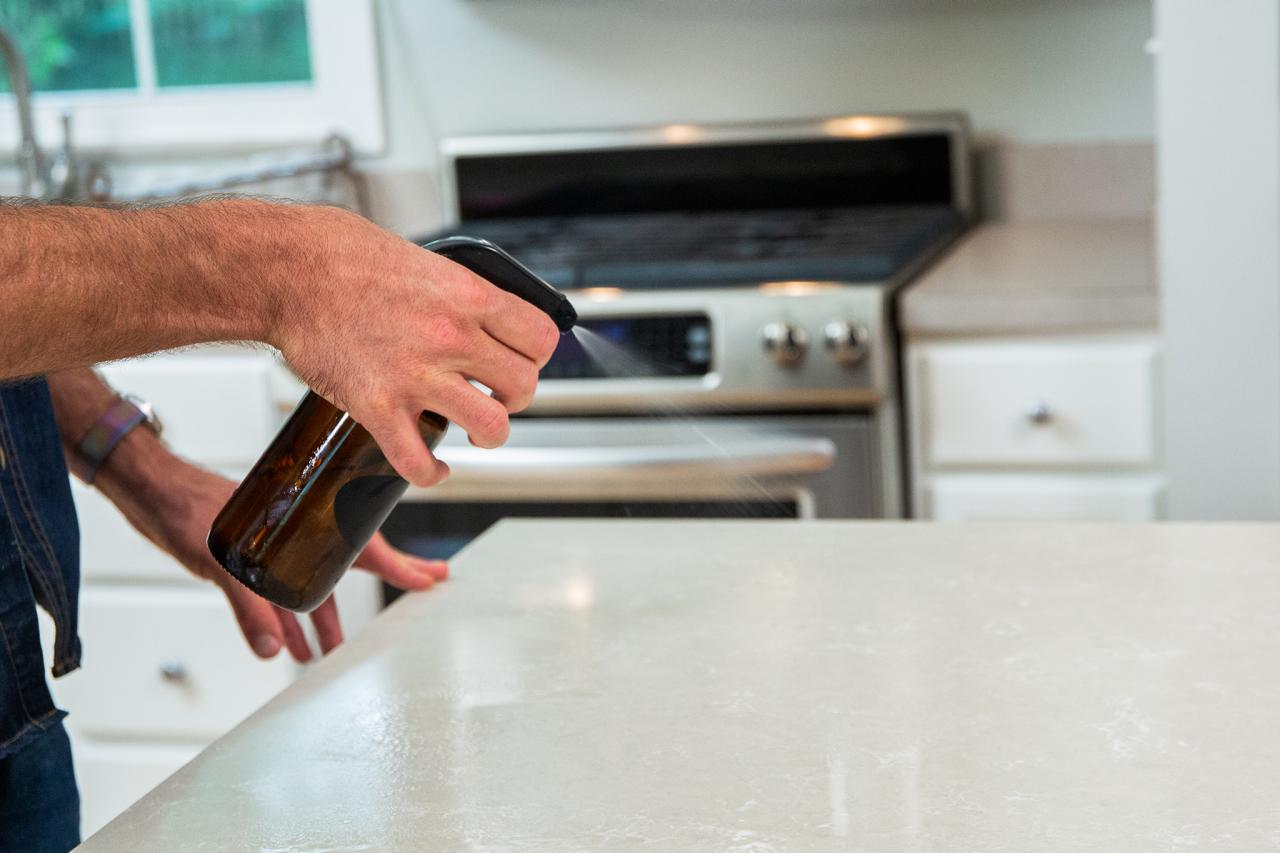
For deeply ingrained stains or damage to the laminate surface, professional cleaning or repair may be required. Laminate repair kits are available that can help fix small chips, scratches, and stains. These kits usually contain a filler or touch-up paint that matches the color of your countertop. Follow the instructions carefully to achieve the best results.
Regularly checking the condition of your laminate countertops can help catch and address minor issues before they become major problems. Inspect the surface for any signs of wear, such as peeling or bubbling, which can indicate that the laminate is deteriorating and may need replacement. Taking care of these issues promptly can extend the life of your countertops.
Another important consideration is the use of protective products. Applying a laminate countertop polish or sealant can add an extra layer of protection against stains and scratches. These products create a barrier on the surface that can make cleaning easier and help maintain the countertop’s appearance. Be sure to choose products that are specifically designed for laminate surfaces and follow the application instructions.
Understanding the limitations of laminate countertops is also crucial. While they are durable and resistant to many types of damage, they are not indestructible. Avoid exposing laminate to excessive moisture, which can cause the underlying materials to swell and warp. Similarly, sharp objects and heavy impacts can cause chips and cracks that are difficult to repair.
Finally, maintaining a consistent cleaning routine is the best way to keep laminate countertops looking their best. Develop a habit of wiping down the countertops daily with a mild cleaner and addressing spills immediately. Regular cleaning not only prevents stains but also helps maintain a hygienic kitchen environment.

Common Mistakes to Avoid
Using Abrasive Cleaners: Abrasive cleaners and scrubbers can scratch the laminate surface, making it more susceptible to staining and damage. Always use soft cloths or sponges for cleaning.
Allowing Spills to Sit: Leaving spills on the countertop can lead to stubborn stains that are difficult to remove. Wipe up spills immediately to prevent them from setting.
Excessive Use of Bleach: While bleach can be effective for tough stains, using it excessively or leaving it on the surface for too long can discolor the laminate. Use bleach sparingly and rinse thoroughly.
Ignoring Heat Protection: Placing hot pots and pans directly on the laminate can cause heat damage, leading to warping and discoloration. Always use trivets or heat pads.
Using Harsh Chemicals: Harsh chemicals can damage the protective layer of the laminate. Stick to mild, non-abrasive cleaners specifically designed for laminate surfaces.

How can I remove coffee stains from my laminate countertop?
Coffee stains can be removed using a paste made from baking soda and water. Apply the paste to the stain, let it sit for a few minutes, and then gently scrub with a soft cloth or sponge. Rinse thoroughly with water and dry the surface. Baking soda is mildly abrasive, so use it sparingly and test it in an inconspicuous area first.
Is it safe to use vinegar on laminate countertops?
Yes, a mixture of white vinegar and water can be used to clean laminate countertops, especially for grease stains. Spray the solution onto the stain, let it sit for a few minutes, and then wipe with a soft cloth. Rinse with water and dry. However, avoid using undiluted vinegar or letting it sit for too long, as its acidity can damage the surface over time.
What should I do if my laminate countertop gets scratched?
For minor scratches, you can use a laminate repair kit, which includes a filler or touch-up paint that matches your countertop’s color. Follow the instructions carefully for the best results. For deeper scratches or significant damage, professional repair might be necessary.
Can I use bleach to clean laminate countertops?
Bleach can be used sparingly to remove stubborn stains, but it should be used with caution. Apply a small amount of bleach on a cloth and gently rub the stain. Rinse thoroughly with water and dry immediately. Excessive use of bleach or leaving it on the surface for too long can discolor the laminate.
How often should I clean my laminate countertops?
It’s best to clean laminate countertops daily with a mild detergent and warm water to remove everyday dirt and grime. Wipe up spills immediately to prevent stains from setting. Regular maintenance not only prevents stains but also maintains a hygienic kitchen environment.
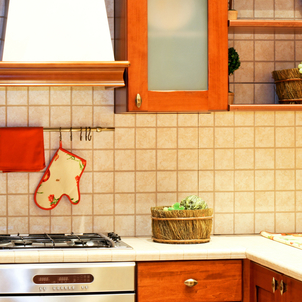
How to Repair Damaged Laminate Countertops
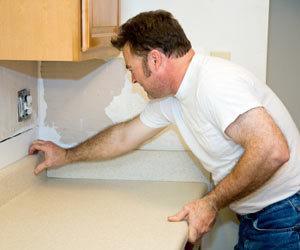
Removing Stain on Laminate Countertop?
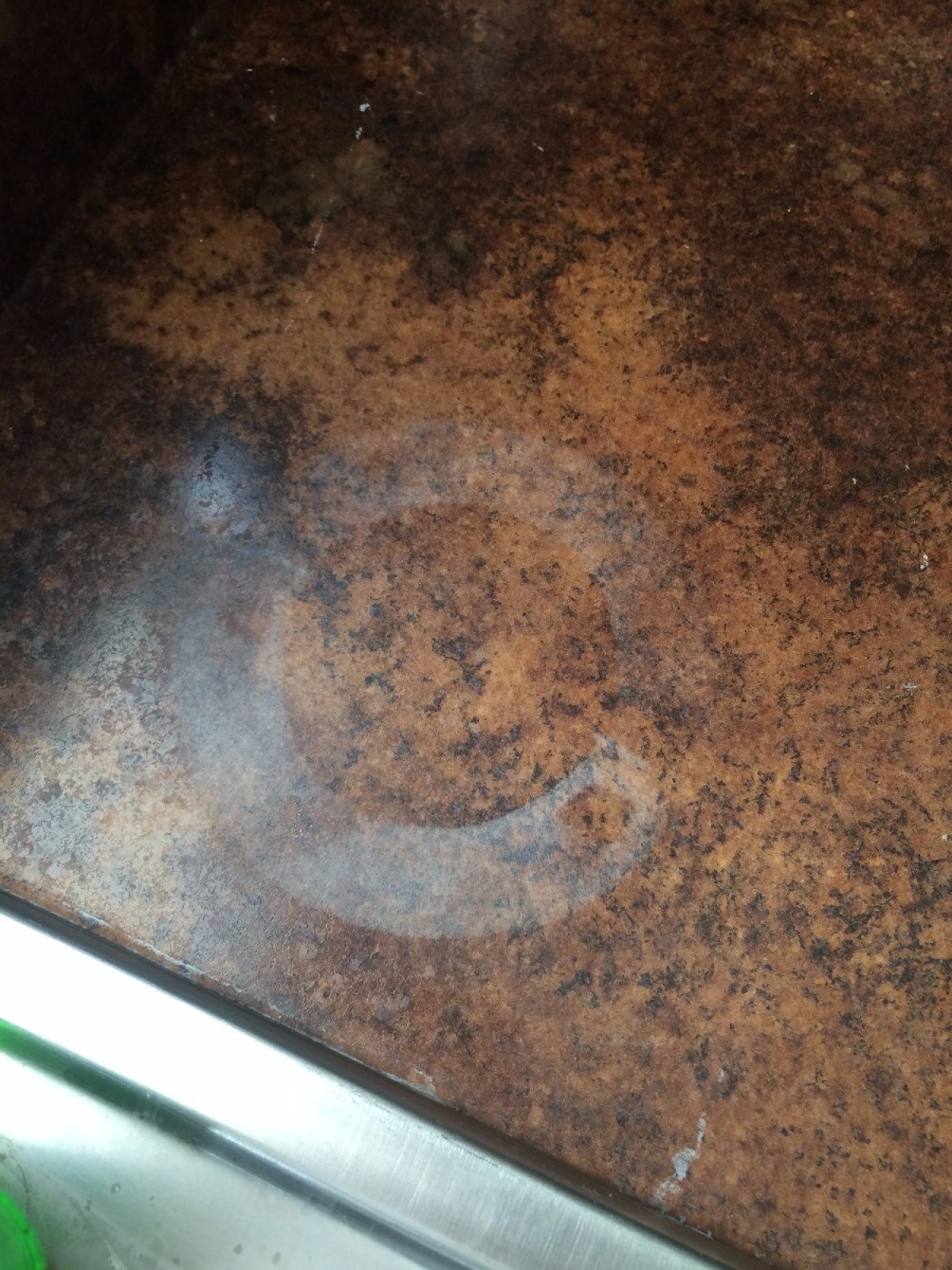
How to Remove Stains From Plastic Laminate Countertops Family

How to Remove Stains From Plastic Laminate Countertops Family
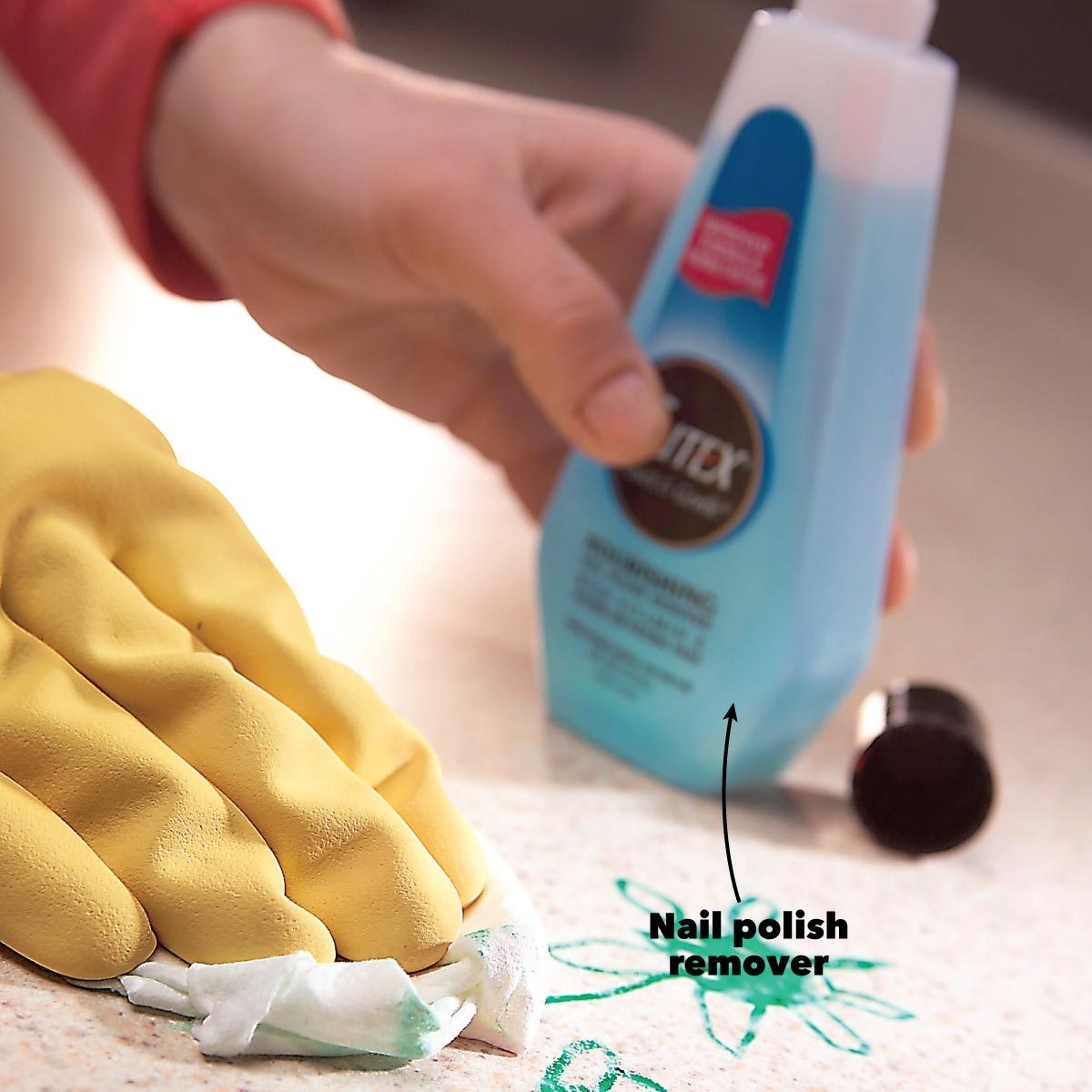
Related articles:
- Painting Kitchen Laminate Countertops
- Quartz Laminate Countertops
- Laminate Countertops Installation
- Laminate Countertop For Kitchen Island
- Kitchen Island Laminate Countertops
- Cheap Laminate Countertops
- Laminate Countertops That Look Like Stone
- Plastic Laminate Countertops
- Laminate Countertop Ideas For Kitchen
- Dark Green Laminate Countertops